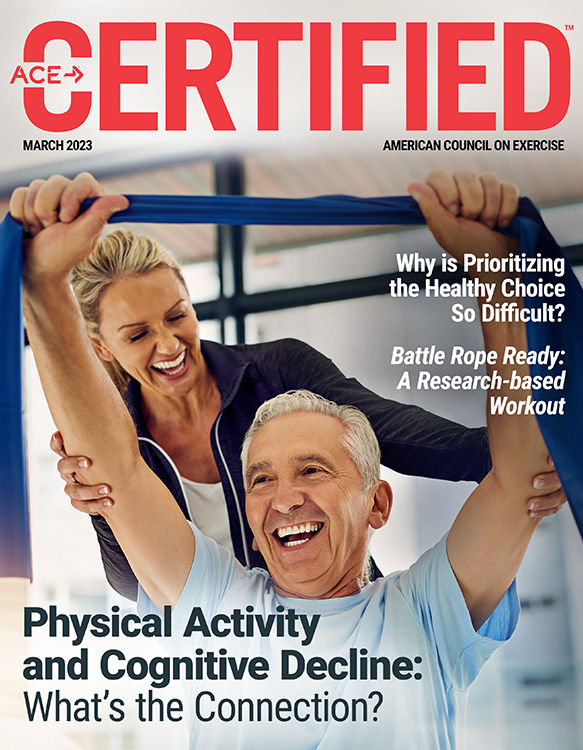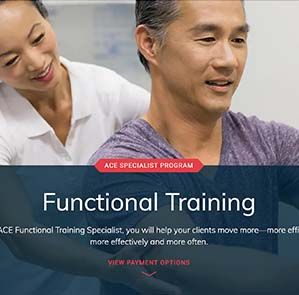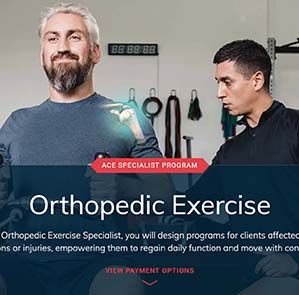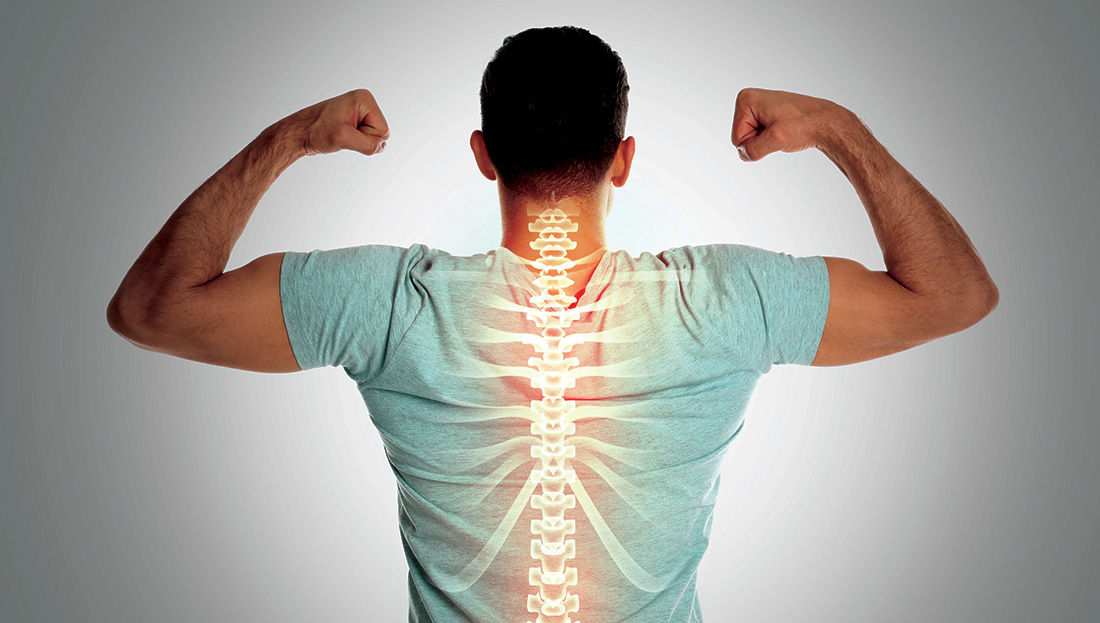
As we become more technologically advanced, there are some things that remain basic—like posture. And while technology has solved problems for many, it has also created problems with their posture.
Why does proper posture matter? What is proper posture? And how do you improve posture?
Benefits of Proper Posture
Thinking about proper posture may conjure up visions of children walking with books on their heads, memories of being told to sit up straight at the dinner table, or scenes of military men and women lined up in formation. Regardless of the reasons, proper posture has always been important.
Researchers have dug into the possible benefits of proper posture and have found some things that might surprise you:
- A 2015 randomized control study published in Health Psychology suggests that compared to slumped posture, “adopting an upright seated posture under the face of stress can maintain self-esteem, reduce negative mood, and increase positive mood.” These same researchers also found that proper posture while sitting increased the rate of speech and decreased self-focus. They concluded that proper posture may help build resilience to stress.
- The researchers of a preliminary 2016 study published in the Journal of Behavior Therapy and Experimental Psychiatry found that adopting an upright posture instead of a slumped posture may increase positive affect, reduce fatigue and decrease self-focus in people with mild-to-moderate depression.
- A 2022 review of the literature in the journal Gait & Posture suggests that forward-head posture affects performance-based balance, cervical proprioception and limits of stability, which is the maximum sway angle a person can achieve within a given plane without having to move their feet.
- It is also generally accepted that slumped posture negatively affects digestion and breathing and can cause neck, back and shoulder pain.
“Proper posture should not be considered a separate or special fitness goal to be achieved,” says Justin Price, MA, creator of The BioMechanics Method and the Corrective Exercise Specialist program, “but rather, the starting point for helping fitness professionals and their clients understand the functional capabilities of the body and how to help it achieve all-around better movement.”
“Good posture is when our bones, muscles and joints are aligned and it takes little effort to endure and overcome the forces of gravity,” explains Joy Puleo, MA, director of education for Balanced Body Inc. “What I mean by this is when our bones are stacked and we are standing upright, the plumb line of gravity travels straight through our center. When aligned, there is no added stress on our structure, and we are able to move with ease, economy and efficiency. [It is] easy to move to and from this very neutral stature, it utilizes little energy to maintain and movement is efficient.”
Assessing Posture
Experts have varying views on determining proper posture. For example, Price says, “When a person is standing still in an optimal standing position, the following anatomical landmarks should all be in vertical alignment when viewed from the side: the tragus of the ear, the acromion of the shoulder, the center of the hip, Gerdy’s tubercle—located just below the knee—and the tarsal joint of the ankle—located just below the ankle bone” (Figure 1).
Figure 1. Optimal Postural Alignment
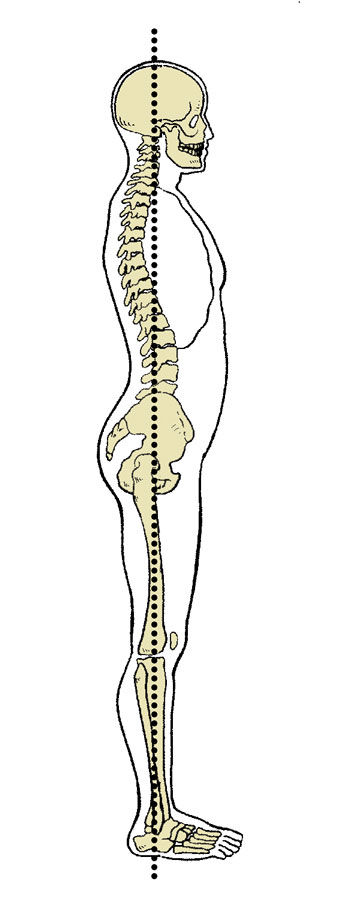
Neutral spine alignment with slight anterior (lordotic) curves at the neck and low back and a posterior (kyphotic) curve in the thoracic region
Conversely, Puleo believes there is no such thing as true “proper posture.” “We are all individuals, and our structure is as unique as we are,” says Puleo. “With that in mind, instead of thinking about lining up by looking externally at joints—for example, ears over shoulders—think of it this way. Your head is a weight center. If your head moves forward of your body by as much as one inch, it could add up to 10 additional pounds of weight that the neck muscles need to accommodate—not to mention the stress on the bones of the cervical spine. If that head is balanced on top of the spine, then there is balance between the bones and the joints of the cervical spine, and the weight is supported.”
Puleo explains that there are three primary weight centers of the body—the head, thorax and pelvis—and when they are aligned, the body moves the way it’s supposed to. She describes this as the head balanced atop the spine, the pelvis balanced over the legs and the bony rib cage floating between. “This is a good place to start,” says Puleo. “The eyes up and on the horizon and the legs long and grounded below. Once you have this, you will also notice that the arms will hang lightly and easily alongside the body and swing freely when you move. The body is now primed and ready for movement and physical work and can be agile enough to accommodate against forces as they shift and change. This is home base.”
Posture Assessment Methods
There are many ways to assess clients’ postures. According to a 2014 review in the Journal of Clinical & Diagnostic Research, these include visual observation, plumbline, goniometry, photographic methods, radiographic methods, photogrammetric methods, a flexiruler and electromagnetic tracking devices.
The study authors concluded that both radiographic and photogrammetric methods were the most reliable, but because radiography exposes people to radiation, they recommend photogrammetric methods as the most reliable and safe.
There are several apps available that use photogrammetric methods. You can find these apps by searching “posture assessment” in your preferred app store.
There are many ways to assess posture. The simplest is the assessment shown in Figure 1, which is the alignment of bony landmarks. To help better visualize the landmarks, place a circle sticker on each one and determine if they line up.
But posture isn’t just linear. A person can be in vertical alignment from the side view but have shoulders or hips that don’t line up horizontally. Or maybe their head is skewed to one side.
Price recommends using a dowel rod to assess horizontal shoulder and hip alignment. “Stand behind your client as both of you look into a mirror. Curl your third, fourth and fifth fingers toward your palm as you point your index finger out straight and extend your thumb toward the ceiling. Balance a dowel rod across the top of your two index fingers and then position your index fingers on the back of your client’s pelvis. Look in the mirror and see if the dowel rod is level. If the rod is higher on one side, this indicates that your client’s pelvis and hips have shifted to that side. It is also suggestive that the base of their spine—the sacrum and coccyx—has shifted toward that same higher side.”
Price warns, however, against assuming that the issue is solely in the hips if the dowel is unlevel. The issue may be something like a leg-length discrepancy, which would affect the hips and shoulders. He encourages anyone who is going to use the dowel method to first learn more about how leg-length discrepancy can affect posture.
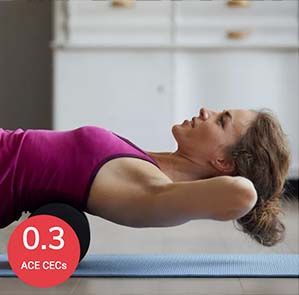
Help Your Clients Move and Feel Better
A Complete Guide to Spinal Health features a new, innovative training system that will enhance your programming by giving you a greater understanding of factors that cause back pain and ways to enhance spinal health. With this course you’ll get an in-depth look at common spine injuries and risk factors and learn a simple process for improving overall function and well-being so you can help your clients train around previous spine injures, while preventing future ones from occurring. Earn 0.3 continuing education credits and expand your ability to reach individuals looking to reduce or prevent back pain while improving their fitness.
Puleo also suggests watching a client’s posture while they are moving. “While observing bony landmarks is a good way to start for many newer fitness professionals, it is limited, as movement and exercise are dynamic,” says Puleo. “A trainer’s eye should see the ease with which a client moves through a range of motions in a joint or joints.”
For example, perhaps a client has a “perfect” standing posture. When they perform a lunge, their pelvis remains level, their torso is upright and their head is floating on top of their spine. This, too, explains Puleo, is good posture, but in motion.
But what happens when this same client loads the lunge? If their back knee starts to flair out to the side, their torso bends forward, and their head is forward of the rib cage, “now we have posture revealing the client’s limits,” explains Puleo. “Even exercises, when done well, no matter how challenging, will have some level of ease, economy and efficiency. Once this is lost, then we know we have exceeded a client’s abilities.”
Common Postural Issues and Corrections
Here are a few exercises from Price that can help correct common postural problems:
- Stretch the posterior calf muscles. This ensures the lower leg can come forward over the foot correctly when standing so that the entire foot can be used for balance and support to the rest of the body.
- Stretch the hip flexor muscles. This allows the hips, pelvis and lumbar spine to align correctly over the legs and feet when standing.
- Strengthen the upper back musculature and muscles that retract the shoulder blades. This helps lift the rib cage, torso, and shoulders on top of the pelvis and lower limbs.
- Strengthen the muscles that retract the head by standing with the back against a wall and pulling the chin in and the head back. Retract the head until the collar bone is aligned with the cheek bone. Be sure to keep the shoulders back and down and the pelvis tucked throughout the exercise.
There are many reasons to practice proper posture, from physical health to mental health. And while posture is a big topic, hopefully, you’ve gained more understanding of it and feel armed with a few more tools to assess and correct it. For more training and a deeper dive into this area, consider becoming a Corrective Exercise Specialist.
Expand Your Knowledge
As an ACE Functional Training Specialist, you'll be able to help clients from all backgrounds move more efficiently, prevent injury, improve their balance and flexibility, build strength and improve their overall quality of life. You will be able to work with a wide variety of clients ranging from competitive athletes to post-rehabilitation clients to those who need to improve their balance and joint stability.
The ACE Orthopedic Exercise Specialist Program provides you the critical foundational knowledge of functional anatomy, allowing you to gain a deeper understanding of how anatomy and biomechanics apply to function. You will learn to create safe and effective programs using assessment considerations and identify appropriate exercises that can be immediately put into practice, enabling your clients to confidently resume their daily activities.
As a health and exercise professional, one of your main goals is to help your clients move better. How can you know what really is keeping them from optimal movement? The answer is through movement assessments. This course explains how to conduct comprehensive body and postural assessments and covers common compensations that occur when clients perform exercises and the reasons why they happen. With this knowledge, you’ll be able to identify discrepancies and restrictions, and will be able to incorporate vital movement principles and assessment exercises into your client-specific programs.





 by
by 